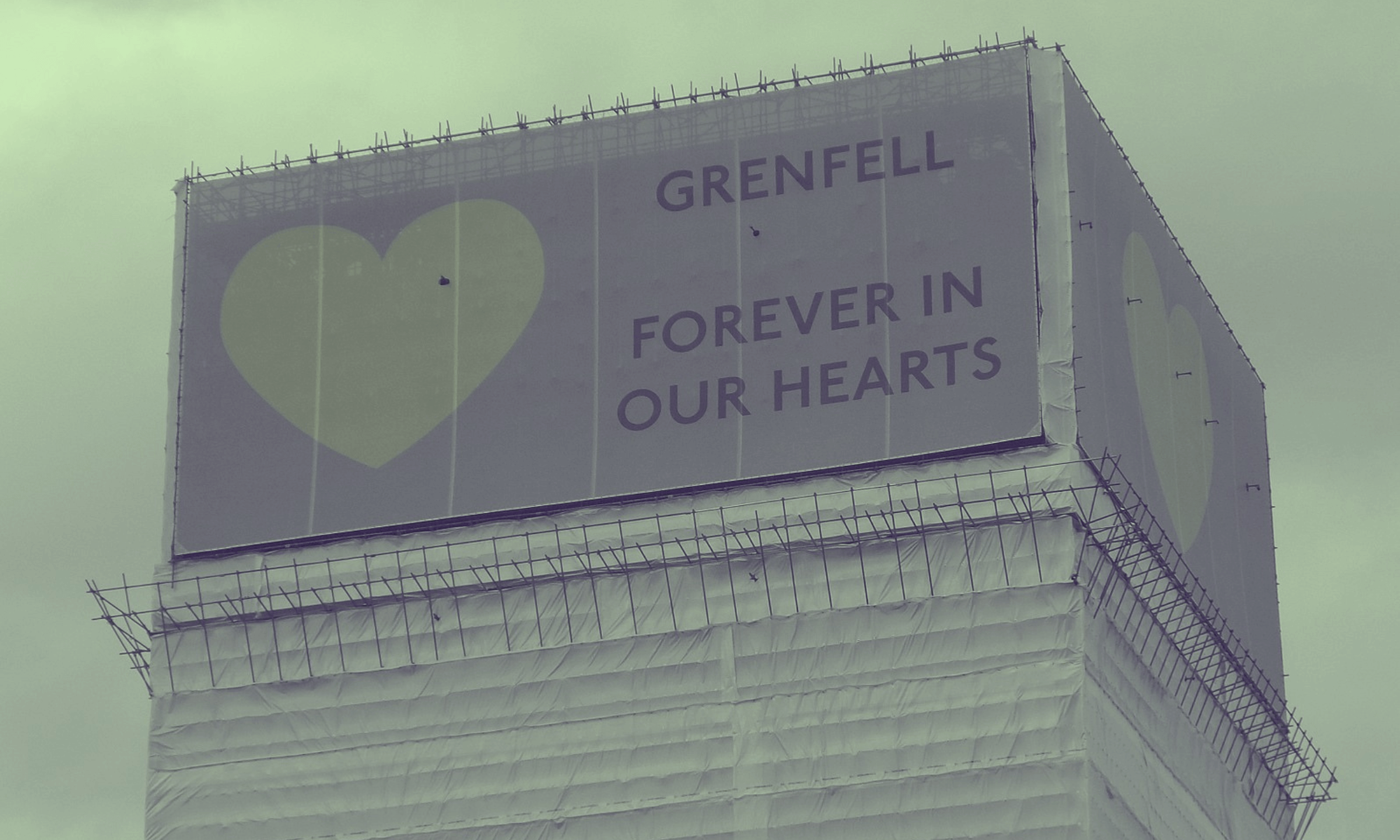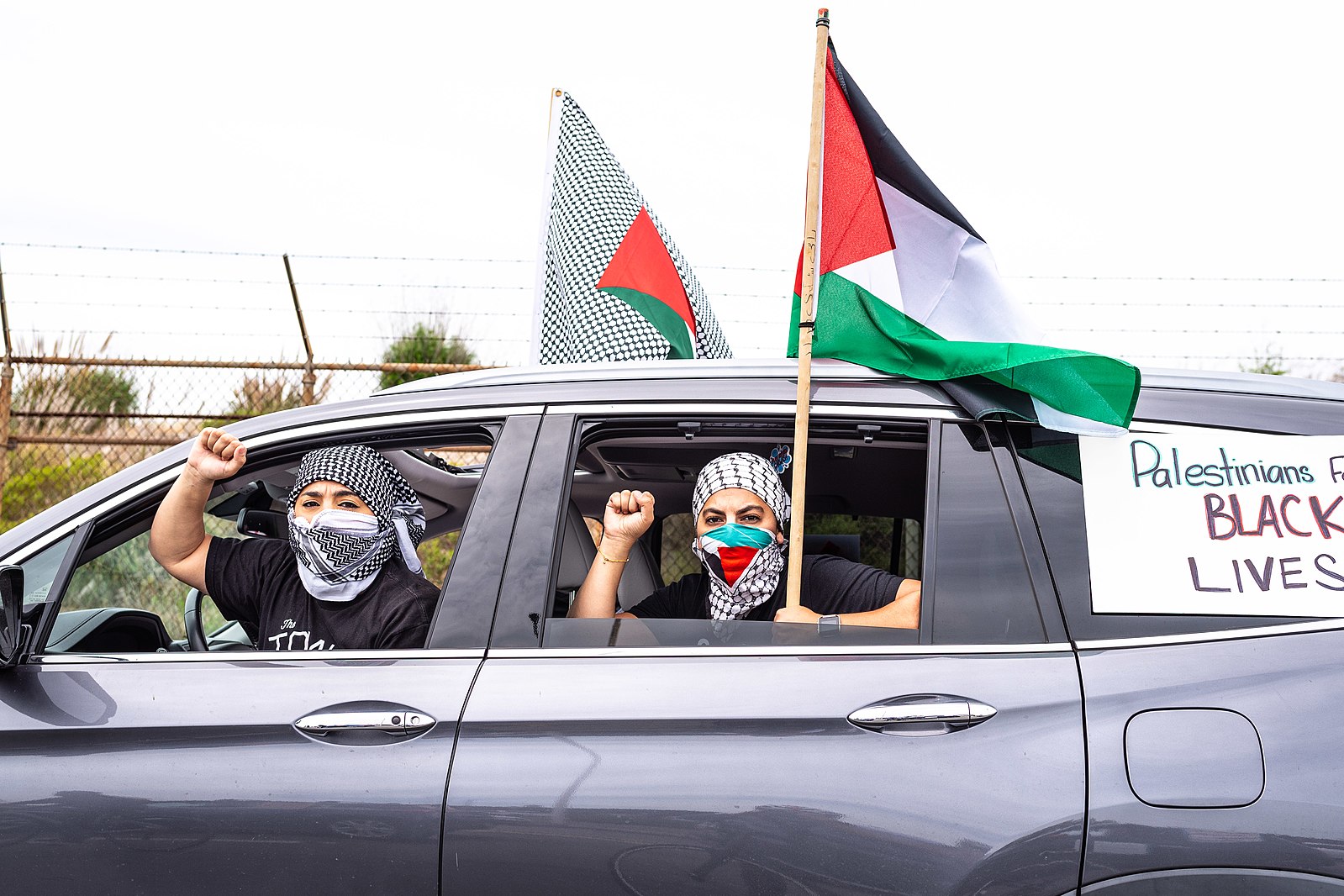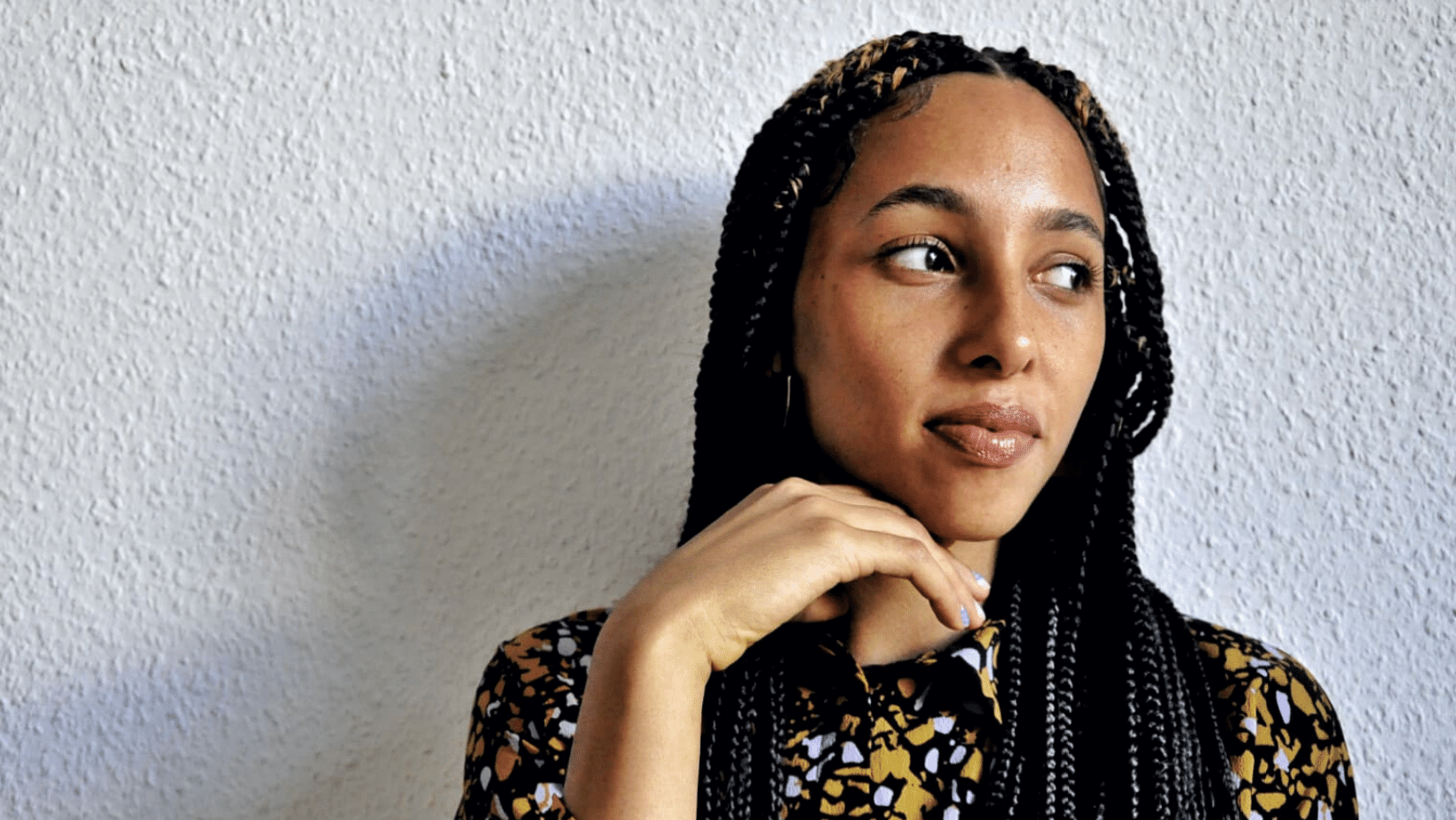
Only three months remain until the one-year anniversary of the tragedy that was the Grenfell Tower fire will be commemorated. Those of us with the luxury of distance, with no personal connection to the survivors, bereaved or those lost in the fire, in some senses have escaped the grip of the lasting effects of the catastrophe. On Sunday 11 March 2017, I had the honour of meeting some of the men and women who act as pillars of support for the community affected by the fire, including Patrisse Cullors, co-founder of Black Lives Matter, to learn more about the grassroots work taking place in Notting Hill.
I met the ladies at The Tabernacle, a beautiful Grade II-listed building in Notting Hill, a setting perfect for a Mother’s Day lunch. Originally a church, it now serves as a cultural arts and entertainment venue with a theatre, music studio and art gallery; we went straight to the restaurant. It was beautiful to see such a large group of people, working both separately and together towards the same cause; piecing back together the community hit hard by state irresponsiblity.
“Survivors believe that they were treated as objects of charity because they were living in social housing”
On 14 June 2017, a reported 71 people were killed due to the negligence of the British Government. Hundreds were left homeless. The residents were not consulted before or after the fire about the safety of the building, despite concerns being raised prior to the fire occurring. Fast forward 16 months and survivors still feel that they are not being heard or listened to: they feel invisible, treated with inequality, and abandoned by the government and their local council. Survivors believe that they were stereotyped and treated as objects of charity because they were living in social housing. Instead of being cared for, prejudice ruled. The seduction of gentrification has been attributed as one of the reasons cheaper cladding was used on Grenfell Tower in the first place, saving the government £300,000 during the building’s refurbishment.
Grenfell Tower is in the borough of Kensington and Chelsea, one of the wealthiest boroughs in London, but, as with most London boroughs and towns, there is great social inequality. The question asked repeatedly is: would the same money-saving decision have been made, if residents lived in the south of the borough?
“Survivors were relocated to hotels all over London, with families split up at a time when they needed each other the most”
Leilani Farha, UN special rapporteur, reported last week that the UK government may have failed to comply with its international human rights obligations. Despite the inquiry and fleeting weekly surgeries held by MP Nick Hurd, survivors feel that they are not being heard or listened to. Farha attempted to speak with the housing secretary, but the meeting “couldn’t not be scheduled”. Not two weeks passed between the fire and the deduction of rent payments from the banks of tenants who had escaped the fire – the apartments inhabitable, dismissed as a “tiny thing“ by Conservative councillor Catherine Faulks. Of course, for the residents, this was not a tiny thing, but an incredibly stressful and daunting time in their lives. Survivors were relocated to hotels all over London, with families split up at a time when they needed each other the most.
In some ways, the worst off were the individuals that were not evacuated, who were forced to face a crime scene through their windows: a daily reminder of the deaths of their loved ones, friends, neighbours. A recent report from the NHS has shown that there is a steady stream of paediatric referrals in the area, comprised of hundreds of children who are suffering from Post-Traumatic Stress Disorder. Clearly, the lasting effects of the Grenfell disaster are still rippling through the community.
Around the table at The Tabernacle, there was a buzz of deep sorrow, indignation and frustration, but also hope as individuals shared their perspectives, both political and personal, of the fire and its effects. It was clear to see that even though Grenfell has slipped from the headlines, the reality of the disaster still plays at the forefront of the lives of those affected. The room was filled with local councillors, community activists and project leaders all affected personally by the fire, turning their bereavement into social justice. These are some of the women at the forefront of community protection.
“The objective is to amplify the voices of those in the community that cannot be heard”
Founded by Amanda Beckles, a former policy and strategy advisor, on the 8 September 2017, the Grenfell Tower Community Monitoring Project monitors the actions taken by the local government to help the Grenfell community. Community members are trained to conduct focus groups and informational sessions to other members of the community. This engagement brings a level of trust and relatability seldom found in interactions between state officials and locals. The objective is to amplify the voices of those in the community that cannot be heard, giving them a platform to highlight their needs and to hold the state accountable. These include the elderly, disabled people, and those who are still overwhelmed by bereavement.
In the same way that the government and large organisations create performance indicators by which to measure their success, the project has created community-owned performance indicators. This ensures that the measure of success of the government correlates with the needs of the community.
“A silent walk to Grenfell Memorial Wall grew into a monthly silent walk“
Justice4Grenfell is a community-led organisation, co-ordinated by Yvette Williams MBE. Its long-term goal is to attain justice for the bereaved families, survivors, and evacuated residents participating in the general enquiry on behalf of its membership. The organisation was set up days after the fire, and a silent walk from Kensington Hall to Grenfell Memorial Wall, which took place shortly after, grew into a monthly silent walk organised for every 14th day of the month. Like much of the community-embedded grassroots response to the fire, Justice4Grenfell have made it their duty to meet the needs of those impacted, taking the responsibility they feel has been willfully overlooked by the authorities. In January 2018, the group made an impactful public stand, displaying their outrage with ‘3 Billboards outside Grenfell Tower’.
Directed by Clarrie Mendy-Solomon who lost two cousins in the fire, Humanity for Grenfell is a non-profit umbrella organisation. They facilitate support for all people affected by the fire, including bereaved relations, survivors, residents, volunteers, and the wider community. They have a membership exceeding 200 individuals and support other community organisations such as Grenfell Action Group, Angels for Grenfell, The Resident’s Association. Humanity for Grenfell ensures that people are aware of their human rights by setting up conferences lead by legal experts as well as engaging a lawyer to investigate possible claims that could be made on behalf of residents. On a more personal level, the group helps to create memorial services for the perished.
The history of Notting Hill for the Afro-Caribbean community has been long and arduous but a colourful one at that. From the 1958 Race Riots, to the mass gentrification of the neighbourhood, and then the fire that ruined hundreds of lives, minority communities of Notting Hill have long faced great adversity. However, meeting the organisers working towards justice for those affected by Grenfell fire as well as for the well-being of Notting Hill as a whole, broadly highlighted just how much work goes on behind the scenes: these organisers are the glue that hold the community together.









